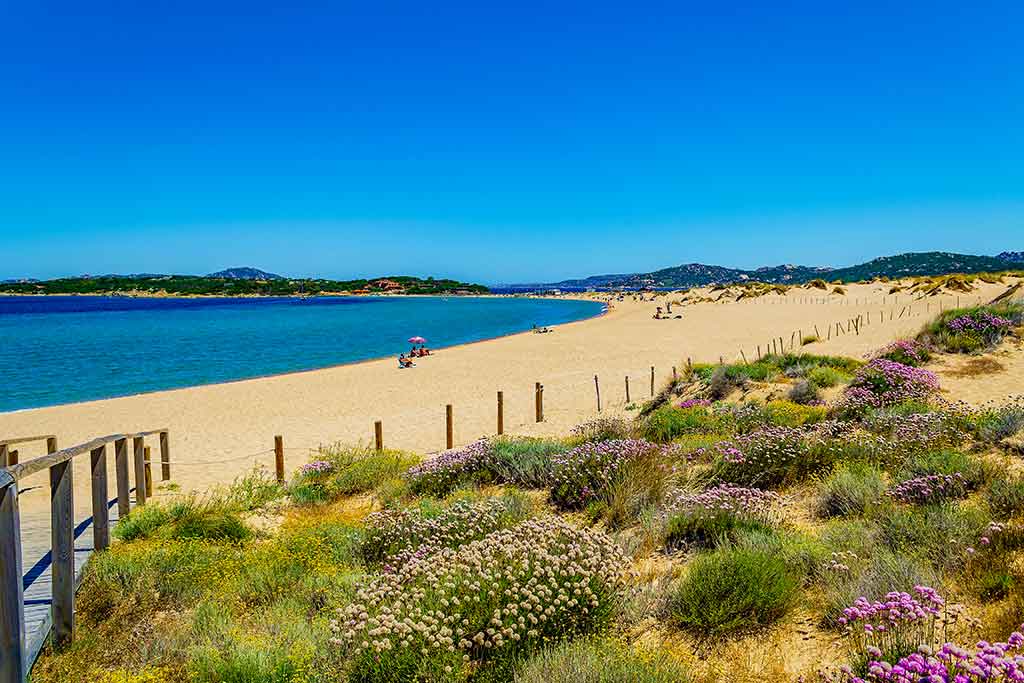Welcome
to Olbia Italy. If you’are planning to visit Olbia for your next trip and you are
looking for the best places to visit, here you’ll find tips and suggestions of most
popular point of interest and activities not to be missed in Olbia and surrounding.
Travelers will appreciate this italian town with
his rich historical and artistic heritage, local culture and environment. Discover the monuments, buildings, natural
treasures and all the details that characterize Olbia and its territory. Share and suggest a place you've
visited.

Olbia Porto Pollo beach near Palau
Olbia: unforgettable the white beaches and the glorious treasures of its history The gateway to the Costa Smeralda is one of the main cities in Sardinia. It boasts, together with the towns of Porto Rotondo and Portisco, one of the most famous marinas in northern Sardinia. Rich in medieval frescoes, in Romanesque style, built of local granite blocks, the Basilica Minor is one of the most important monuments in the city.
If we talk about treasures, Olbia is characterized, not only for naturalistic ones, such as the Marine Protected Area of Tavolara-Punta Coda Cavallo, managed by a consortium formed by municipalities of Olbia, Loiri Porto San Paolo and San Teodoro, but also for architectural ones. Do not miss the Roman aqueduct, the Nuragic Sacred Well of “Sa Testa” and the Tombs of the Giants of 'Su Monte de s'Ape' in the vicinity of the city. The resort has numerous beaches, all of them of very white sand and sea of a crystalline blue.
Northeast of Olbia is the Gulf of Marinella with one of the most beautiful, extensive and equipped beaches of the whole Sardinia. Now some interesting facts: for lovers of the Rally there is to say that since 2004 Olbia has been hosting the Rally D'Italia-Sardignia. Around the city there is also the Raly City of Olbia. As a university center, the city of Olbia is home to the Degree Course in Economics and Tourism Business of the Faculty of Economics of the University of Sassari.
written by Christopher Rivett - Last update: 01/11/2021
This guide has been translated automatically through a third party service. Visititaly offers these automatic translations to help site visitors, however the automatic translations may contain inaccuracies, errors or inaccuracies. You can contact us to report inaccuracies or errors and we will check the translation.